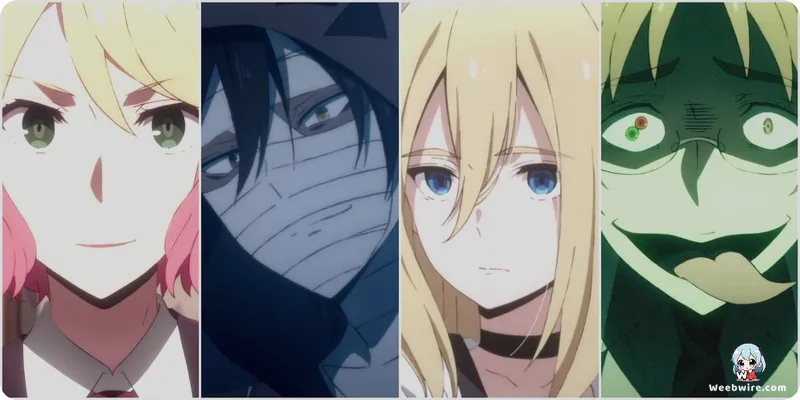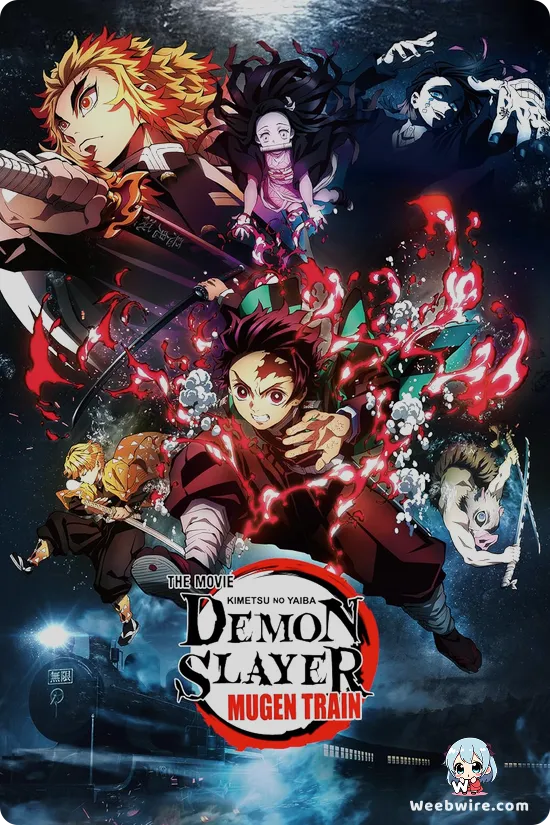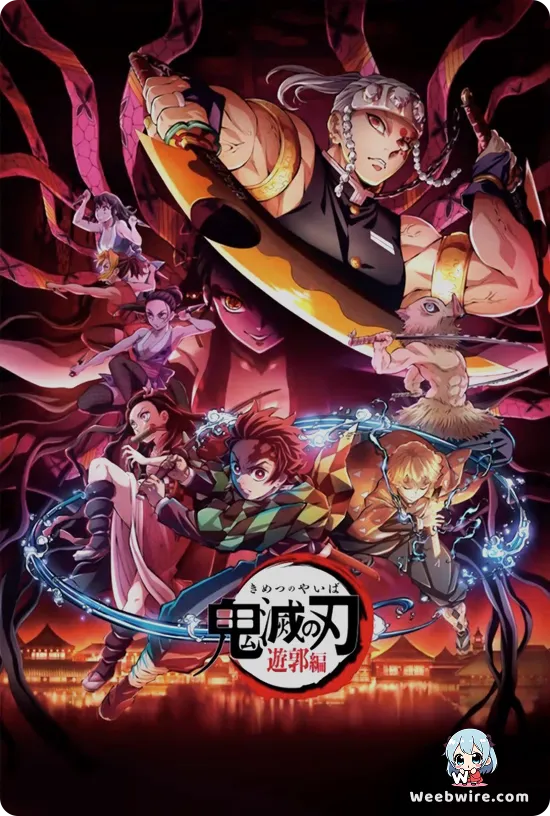Unveiling the Dark Origins: How 'Angels of Death' Transformed from Indie Game to Anime Sensation

"Angels of Death," known in its native Japan as "Satsuriku no Tenshi," has carved a distinctive niche within the anime world, celebrated for its intense psychological horror and gripping adventure. What makes its journey particularly compelling is its surprisingly modest inception: before its acclaimed 2018 animated debut by J.C.STAFF, this chilling narrative first captivated a dedicated fanbase as a freeware psychological horror adventure game. Crafted by Hoshikuzu KRNKRN, also recognized as Makoto Sanada, using the user-friendly RPG Maker MV engine, the game swiftly garnered a loyal following, a testament to its powerful storyline and the intricate interplay between its characters. This remarkable evolution from an indie pixel-art game to a polished anime series underscores the universal power of a resonant story to transcend its initial medium.
From Indie Game Sensation to Anime Stardom
The game's initial success was a quiet but potent force. Released episodically between 2015 and 2016, "Angels of Death" rapidly became a cult sensation within the indie gaming community, particularly across Japan. Its deceptively simple yet highly effective graphics, combined with a profoundly unsettling atmosphere and a plot that consistently defied expectations, struck a chord with players. The gameplay, characteristic of RPG Maker titles, emphasized exploration, intricate puzzle-solving, and impactful dialogue choices, all designed to deepen the enigma surrounding the mysterious building and its inhabitants. It powerfully demonstrated that profound storytelling and nuanced character development don't necessitate a colossal budget or cutting-edge visuals; rather, a captivating narrative and expertly woven psychological tension are more than sufficient to enthrall an audience. This organic, grassroots popularity proved to be the pivotal stepping stone, clearly indicating a widespread desire for Rachel Gardner and Isaac Foster's twisted saga to reach a broader audience.
J.C.STAFF's Masterful Adaptation
When J.C.STAFF, a studio with a formidable reputation for its diverse body of work from the romantic comedy "Toradora!" and culinary battles of "Shokugeki no Soma" to the action-packed "A Certain Magical Index" announced its adaptation of "Angels of Death," anticipation soared. The challenge was substantial: how to faithfully translate the game's distinctive pixel art aesthetic and inherent tension into a fluid, animated format while preserving its vital psychological core? J.C.STAFF met this challenge head-on, meticulously adapting the game’s narrative beats and character designs. The studio masterfully recreated the eerie, oppressive ambiance of the abandoned building, emphasizing its labyrinthine corridors and the unsettling presence of its various 'floor masters.' The animation injected new life into the characters' expressions, notably Rachel's unnerving stoicism and Zack's explosive fits of rage, making their psychological states even more viscerally palpable.
The Unconventional Pact: Rachel and Zack
At the narrative's core lies the profoundly unconventional relationship between its two protagonists: Rachel Gardner, a seemingly emotionless 13-year-old girl, and Isaac Foster, a formidable, bandage-wrapped serial killer wielding a scythe, affectionately known as Zack. Their initial encounter is anything but conventional; Rachel, awakening in the building's basement with no recollection, harbors a singular desire: to die. Zack, an impulsive murderer, finds himself equally trapped on the same floor. From this grim premise emerges a bizarre "pact": Rachel agrees to help Zack escape the building, and in return, Zack solemnly promises to kill her. This macabre agreement forms the bedrock of their perilous journey, gradually evolving from a transactional arrangement into a complex bond of mutual dependency and a strange, almost protective affection.

This pact transcends mere plot mechanics; it serves as a continuous exploration of moral ambiguity and the intricate facets of the human psyche. Rachel's yearning for death isn't born of conventional despair but rather a profound, almost philosophical, detachment from existence, fueled by her deeply repressed memories and traumatic experiences. Zack, despite his violent nature and proclaimed love for killing, adheres to a surprisingly rigid moral code, despising falsehoods and hypocrisy. His promise to Rachel transforms into his unwavering anchor, a singular purpose in his otherwise chaotic life. Their interactions are a masterclass in psychological tension, as they navigate not only the physical dangers of their prison but also the complex, often contradictory, emotions simmering beneath their stoic and volatile exteriors. The anime brilliantly illustrates how two individuals, seemingly poles apart on the moral spectrum, can discover solace and purpose in each other's presence, challenging traditional definitions of hero and villain.
Character Dynamics: Impulsive Strength Meets Calculating Intellect
Zack's character is particularly fascinating due to his almost childlike simplicity, despite his horrific actions. He operates on instinct and raw, unfiltered desire, yet possesses an unexpected innocence, especially in his struggle to comprehend complex emotions or deceit. His iconic weapon, the oversized scythe, functions not just as a tool of murder but as an extension of his chaotic personality, symbolizing his brutal efficiency. Rachel, in stark contrast, is a meticulous strategist, employing her intellect to decipher puzzles and bypass traps. Her outwardly cold demeanor conceals a deeply scarred past, which gradually unfolds throughout their perilous escape. The dynamic between Zack's impulsive strength and Rachel's calculating intelligence forge a compelling, albeit disturbing, synergy, making them a formidable team. Their journey transcends a mere physical escape; it becomes a profound confrontation with their inner demons and the twisted realities of their world.
Enduring Appeal and Lasting Legacy
The enduring allure of "Angels of Death" lies in its profound ability to delve into dark, existential themes without resorting to gratuitous violence for shock value. Instead, its horror elements are expertly utilized to explore the depths of human despair, the nature of belief, and the relentless search for meaning in an existence that often appears devoid of it. The anime's triumph in capturing the essence of the original game, coupled with its innovative premise and unforgettable characters, has cemented its status as a seminal psychological thriller. It stands as a powerful testament that truly innovative storytelling can emerge from the most unexpected origins, proving that a compelling narrative, irrespective of its initial medium, can resonate profoundly with audiences across the globe. This remarkable transition from a beloved indie game to a widely acclaimed anime series vividly illustrates the exceptional versatility and lasting impact of its creators' vision, leaving an indelible mark on fans who remain captivated by Rachel and Zack's unconventional bond and their desperate quest for ultimate freedom, even if that freedom ultimately means death.
Credits
Angels of Death (ONA)
Author
Hoshikuzu KRNKRN (Makoto Sanada)
Cover Art
Makoto Sanada
Studio
J.C.STAFF
Publisher
Kadokawa
Producers





